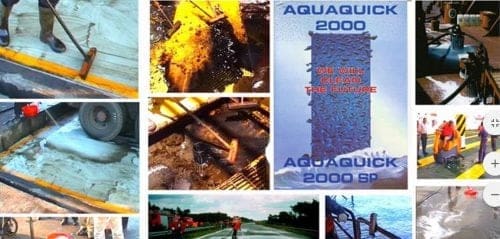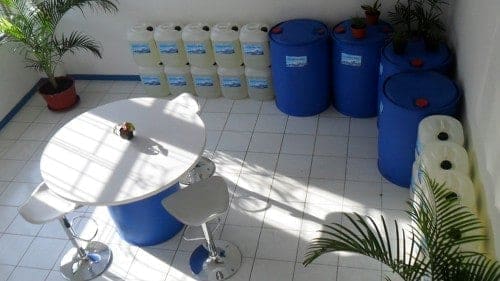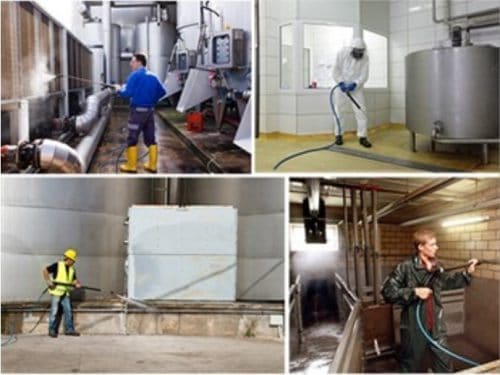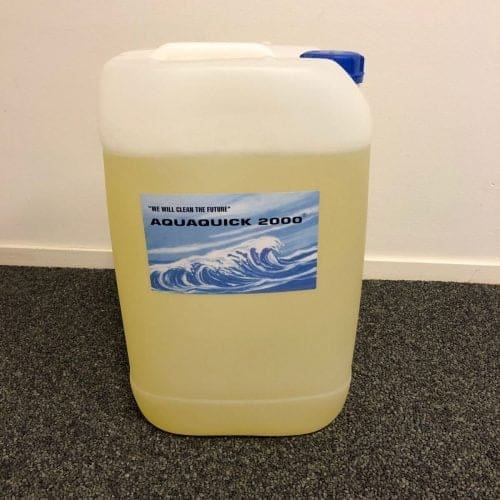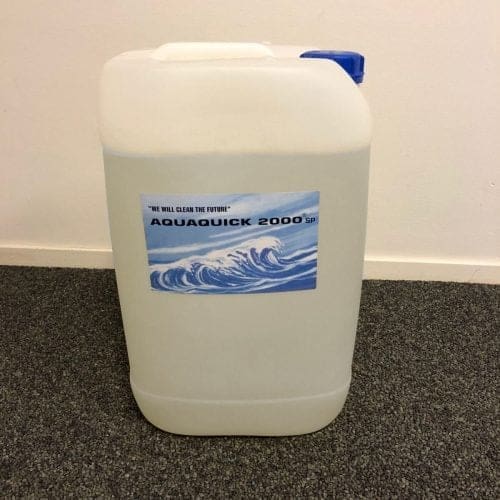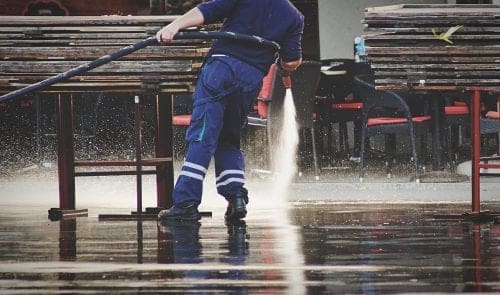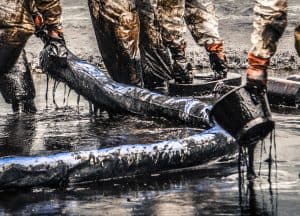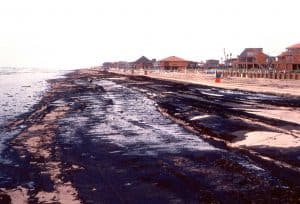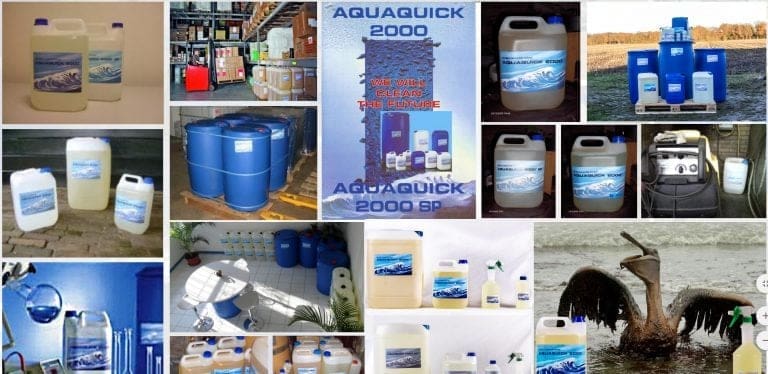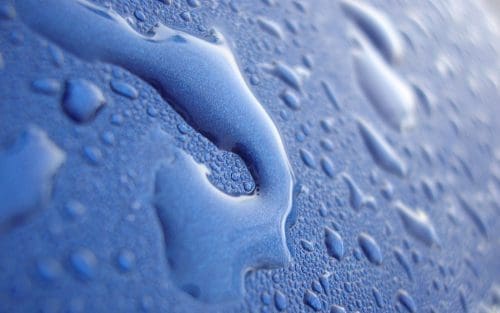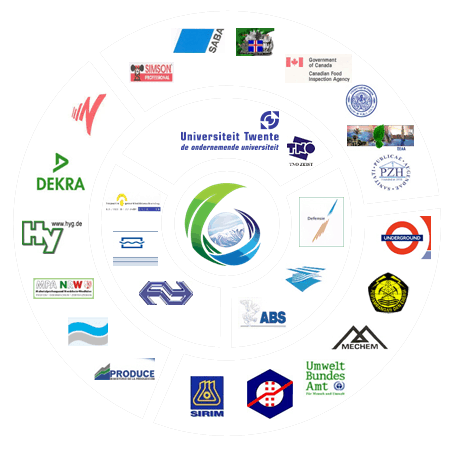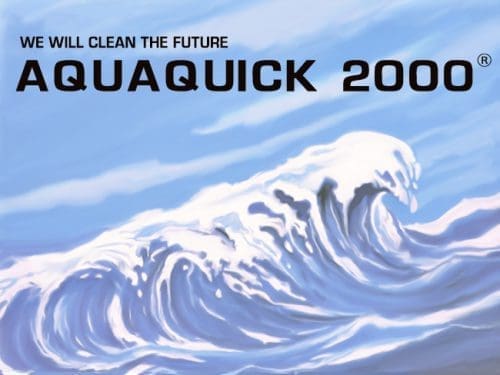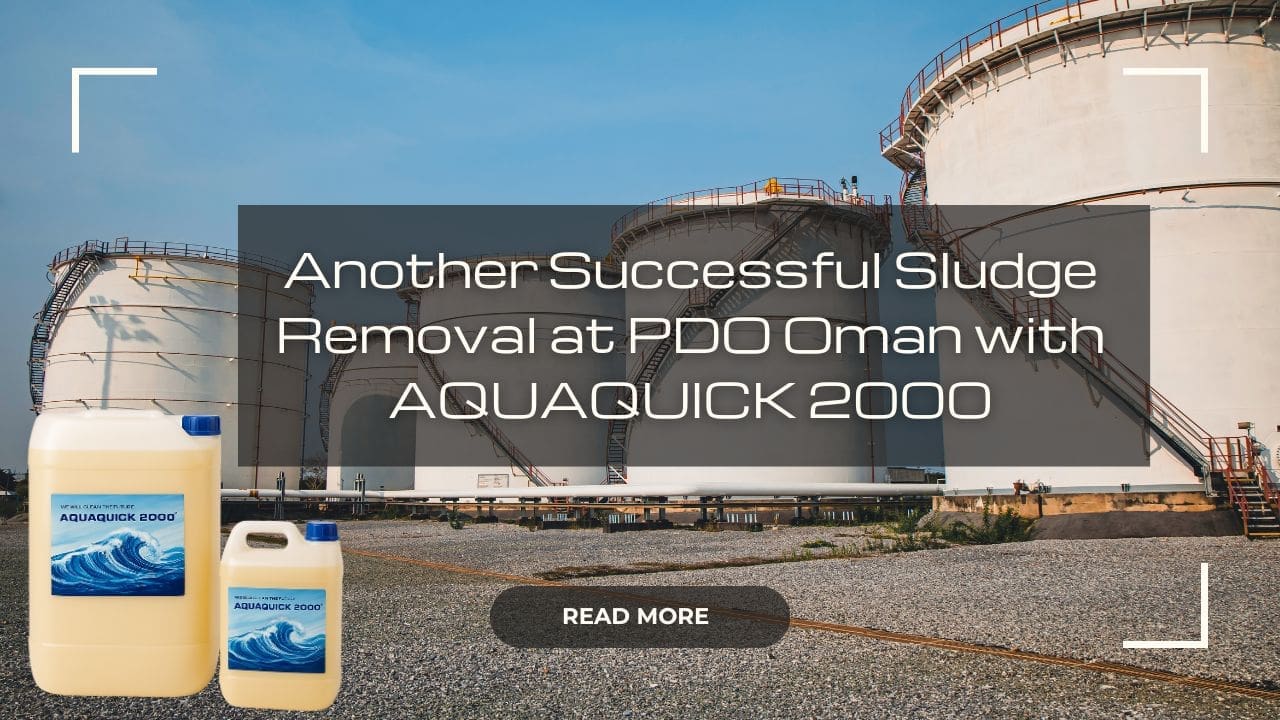Nettoyage de la cuve in oil fields often involves the removal of highly viscous, compacted sludge that has settled over months or years. In this second PDO Oman tank cleaning case, AQUAQUICK 2000 was once again proven to be the ideal tank cleaning agent, handling thick sludge with ease, without endangering tank linings, coatings, or worker safety. The project reinforces the consistent performance of AQUAQUICK 2000 across multiple real-world industrial scenarios.
The Sludge Problem: Heavy, Sticky Residue
This particular storage tank in Oman had accumulated a tough, layered sludge—common in hydrocarbon tanks where oil residues settle and thicken over time. Manual removal would have posed safety risks and consumed significant labor hours. The challenge was to reduce sludge viscosity, release it from surfaces, and flush it out efficiently—without damaging internal structures or coatings.
AQUAQUICK 2000: Designed for Deep Penetration
AQUAQUICK 2000’s ability to emulsify hydrocarbons and convert them into flowable matter makes it one of the most reliable solutions de nettoyage des réservoirs available. By applying the product at the right dilution and temperature, even the most stubborn sludge can be removed with minimal mechanical effort.
Project-specific reasons for using AQUAQUICK 2000:
- High-performance degreasing and sludge breakdown
- Non-corrosive to coatings and metals
- Perfect for integration with Butterworth or spray systems
- Eliminates need for harsh solvents or high-risk scraping
Step-by-Step: The Cleaning Process at PDO
- Product Application:
- AQUAQUICK 2000 was diluted at 1:15, the optimal ratio for heavy hydrocarbon sludge.
- Applied via automated tank cleaning heads (Butterworth systems), providing 360° internal coverage.
- Soaking and Reaction Time:
- Allowed to soak into the sludge layers for 30 minutes while maintaining high tank temperature internally.
- This activated the breakdown of hydrocarbons into a soft emulsion.
- Water Jet Flushing:
- Followed up with heated water jets (~2500–3000 PSI) to flush out loosened material.
- No mechanical damage occurred and residue was minimal.
- Final Pass and Quality Control:
- Tank was given a secondary rinse to remove leftover film.
- Final inspection confirmed a clean, damage-free interior—ready for the next filling cycle.
Visual Proof of Performance
The footage demonstrates the controlled, effective breakdown of thick sludge in real time. What would normally take days of labor and hazardous entry was completed safely and quickly, all thanks to AQUAQUICK 2000’s active formula.
Key Tank Cleaning Tips from This Project
- Never underestimate soak time: Give AQUAQUICK 2000 time to work into the sludge, especially in low-flow zones.
- Heat is your ally: The hotter the tank’s interior or rinse water, the faster sludge softens.
- Don’t over-dilute: Weak mixtures below 1:25 may lose cleaning power and waste product.
- Use full coverage systems: Ensure the solution reaches walls, floors, and corners with rotating spray heads or manual sweeping.
Safe, Smart, and Sustainable Tank Cleaning
Choosing AQUAQUICK 2000 means choosing a tank cleaning solution that minimizes downtime, reduces risk, and delivers professional-grade results. The PDO team noted the ease of use, the safety of the product even in confined space conditions, and the complete preservation of all coatings post-cleaning. It’s the kind of result that builds long-term trust in an industrial cleaning agent.
If you’re managing oil sludge in storage facilities and want a solution that works as reliably as it protects, AQUAQUICK 2000 is the product to trust.

